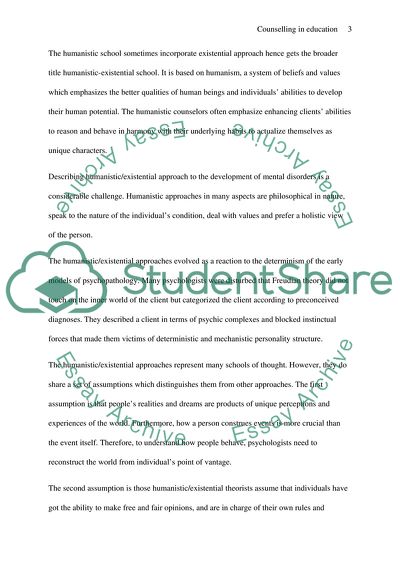Cite this document
(“Select two approaches to counselling which might be useful in Essay”, n.d.)
Retrieved from https://studentshare.org/education/1591585-select-two-approaches-to-counselling-which-might-be-useful-in-education-and-describe-their-assumptions-and-methods-critically-discuss-their-relevance-and-suitability-for-counselling-in-schools
Retrieved from https://studentshare.org/education/1591585-select-two-approaches-to-counselling-which-might-be-useful-in-education-and-describe-their-assumptions-and-methods-critically-discuss-their-relevance-and-suitability-for-counselling-in-schools
(Select Two Approaches to Counselling Which Might Be Useful in Essay)
https://studentshare.org/education/1591585-select-two-approaches-to-counselling-which-might-be-useful-in-education-and-describe-their-assumptions-and-methods-critically-discuss-their-relevance-and-suitability-for-counselling-in-schools.
https://studentshare.org/education/1591585-select-two-approaches-to-counselling-which-might-be-useful-in-education-and-describe-their-assumptions-and-methods-critically-discuss-their-relevance-and-suitability-for-counselling-in-schools.
“Select Two Approaches to Counselling Which Might Be Useful in Essay”, n.d. https://studentshare.org/education/1591585-select-two-approaches-to-counselling-which-might-be-useful-in-education-and-describe-their-assumptions-and-methods-critically-discuss-their-relevance-and-suitability-for-counselling-in-schools.


